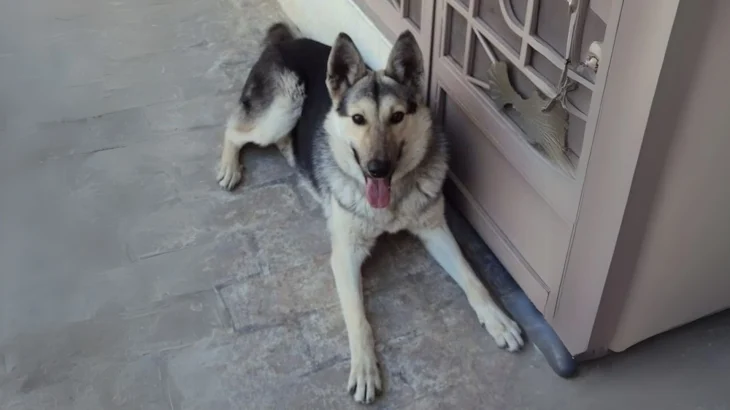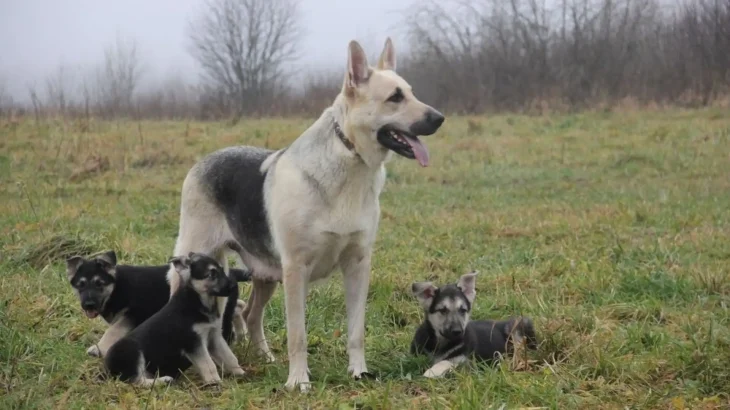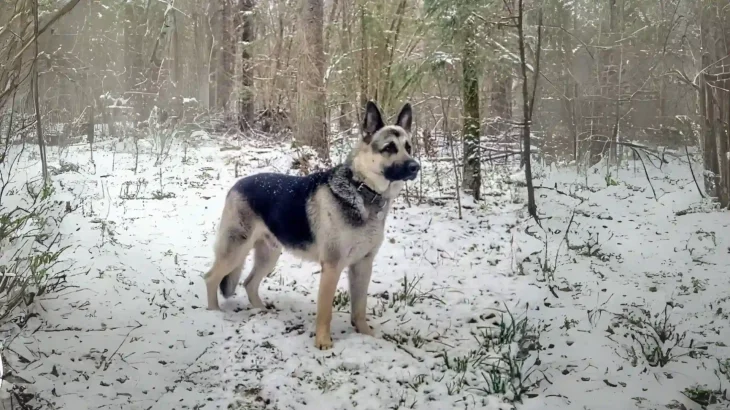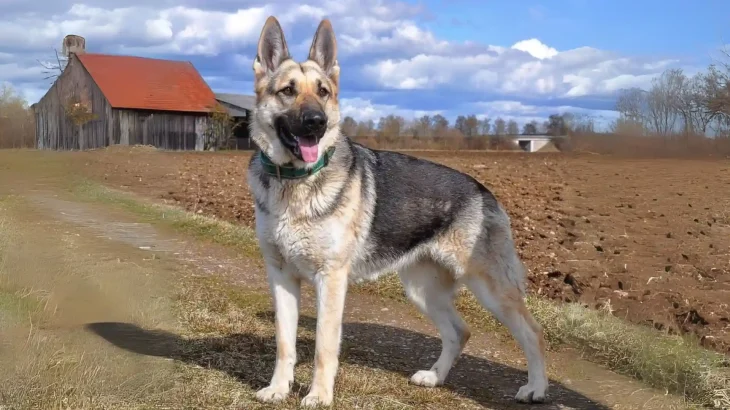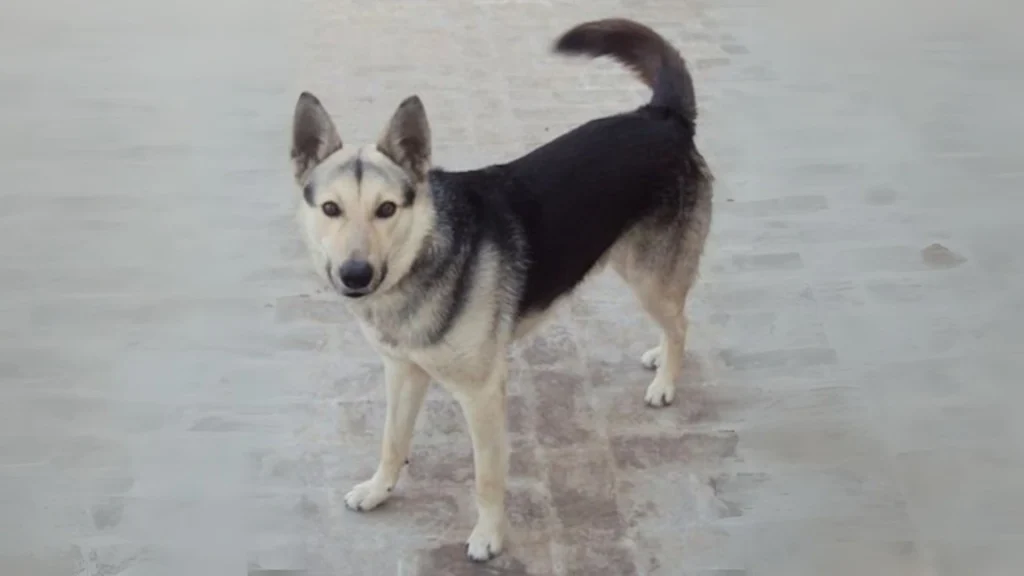Deciding whether to adopt or purchase a Pakistani Shepherd Dog puppy depends on what you value most: assurance of breed purity and detailed background or the chance to give a deserving dog a new home. Each path offers unique benefits and considerations related to health, cost, and ethics, especially when dealing with a distinct breed like the Pakistani Shepherd Dog.
Here's a quick comparison to help you weigh the options:
| Criteria | Buying from Breeder | Adopting from Shelter/Rescue |
|---|---|---|
| Cost | Usually higher; puppies from reputable breeders can be moderately to quite expensive. | Generally lower fees, covering basic care and vaccinations. |
| Health History | Breeders often provide health screenings specific to the breed. | Health background may be uncertain; basic exams usually done. |
| Age Availability | Mostly puppies, allowing early socialization and training. | Wide age range, including adults if you prefer. |
| Temperament Insight | Breeders can share lineage traits and behavior info. | Staff may provide notes, but history can be limited. |
| Ethical Considerations | Supports breed preservation but requires finding responsible breeders. | Gives home to dogs in need, supporting animal welfare. |
| Breed Purity & Pedigree | Usually well-documented, important for purebred fans. | Often unknown or mixed breeds; pedigree rarely available. |


